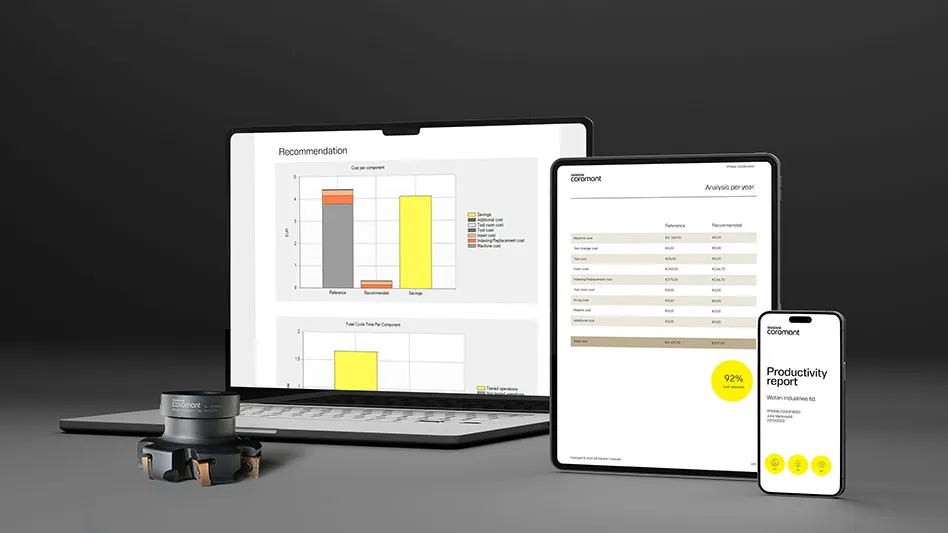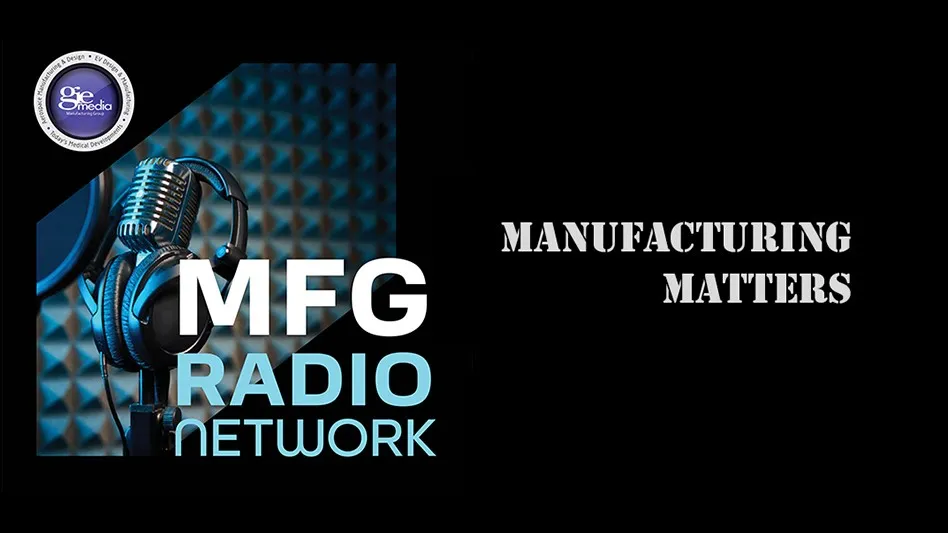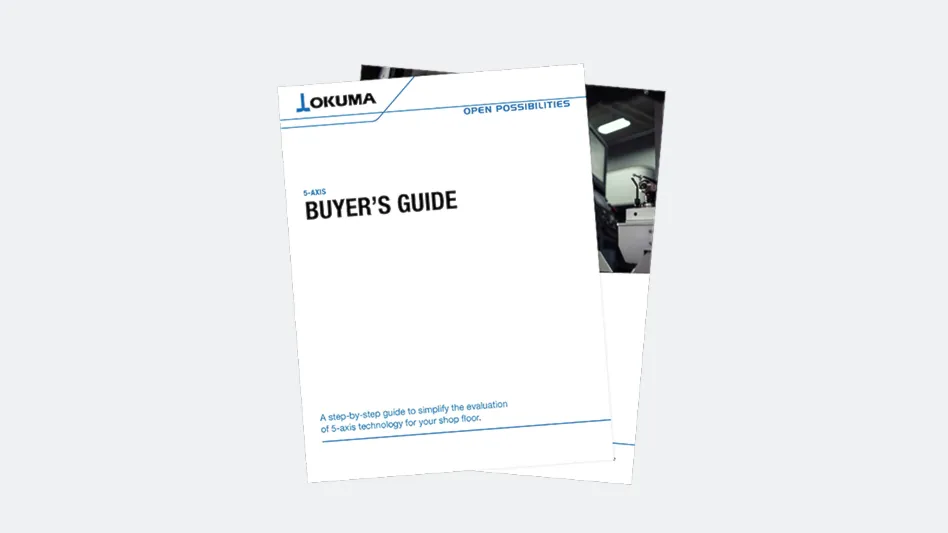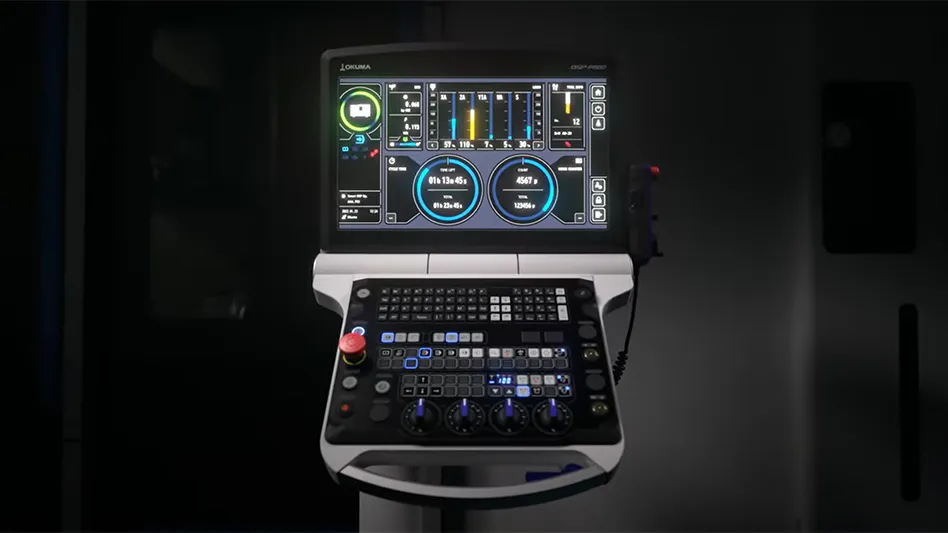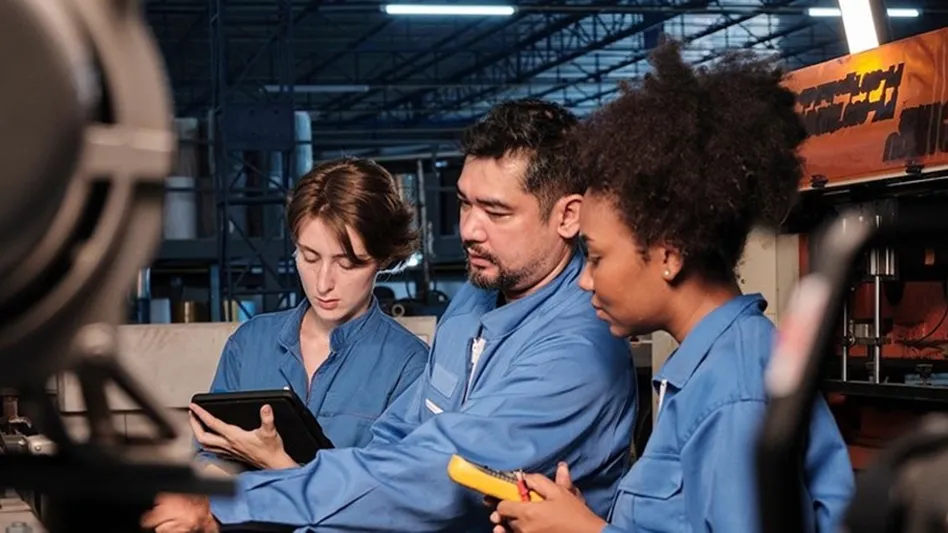
COVID-19’s grip hasn’t loosened, and medical device manufacturers continue to face new design and delivery challenges as they scramble to change business models and ramp production up or down. In this new normal, medical communities and end users rush to purchase products and parts that are suddenly in short supply.
With workflows and usage scenarios in disarray due to social distancing measures, medtech manufacturers must improvise to quickly deliver flexible products and services when financial and employee resources are scarce.
Navigating this frenzied environment is difficult but not impossible. The answer lies in a 4-step process to accelerate design. Systematic design thinking allows companies to adapt in times of crisis or high demand. Even when time and resources are in short supply, these principles can guide users through even the most difficult environments.
1. Listen quickly, carefully
Every product or service, no matter how big or small, has a user experience attached.
Listening doesn’t require conducting an in-depth, multi-month user study – scan social feeds for expressions of need, likes, and dislikes, or interview a small group of end users via short surveys, emails, or phone calls. Insights may dramatically change steps taken. Feedback will point you in the right direction.
For example, Fitbit wanted to move from a fitness-based device into healthcare and chronic condition management. Our design team assessed how to best communicate sensitive information about potential health issues to users. Through interviews with in-home patients, experts in sleep medicine, pulmonologists, and neurologists, we understood users’ complete health journeys – from detecting concerns and screening to diagnosis, treatment, and management. By learning behavior as they self-monitored, assessed, and communicated with clinicians, we helped Fitbit support very specific health needs that would have otherwise been misunderstood.
2. Think big
You might initially be tempted to choose one problem to act on – a broken workflow, a supply dearth, or redesigning a part or device for a different use. Before making changes, consider the end user’s perspective. Of the changes under consideration, ask yourself if they’ll cause negative effects for the user across longer timeframes. Only after considering the whole journey can potential solutions arise.
Zoom out for this by:
- Avoiding directly translating what’s heard from an individual while researching a solution
- Remembering users communicate problems, not solutions
- Reviewing user insights, brainstorming with a multidisciplinary team with different specializations, perspectives
- Mapping out user journeys, experiences; thinking outside the box when considering areas of opportunity
An e-commerce client wanted to change their product line. After conducting interviews, we determined their products were sitting in the wrong time frames of a patient-provider relationship, so we suggested an entirely new health services model to reach customers where they were in their health journey. By putting big-picture thinking in place, we could focus on changes needed to existing products.
3. Think small
With the user’s journey mapped and potential solutions envisioned, multiple areas of opportunity may arise. While tempting to tackle several problems at once, don’t. Address the problem with the greatest potentially positive impact achievable within a given timeframe. Focus on a signature experience – something unique to the brand or product – with the most opportunity for growth. Getting this right will strengthen the offering and accelerate the process.
We worked with Ancestry to expand its health category offering, a business goal that entailed an array of challenges. Concentrating on one problem yielded the most impact – a solution to communicate complicated health reports and DNA results in a simple way that still followed strict guidelines and regulations. Focusing on this one signature experience provided consumers with health guidance and support where it mattered most.
4. Think big again
Figure out how your innovation can scale to support the most scenarios – now or in the future. Think about what your roadmap may look like because during a crisis you don’t have time to plan everything. Consider how this design change will impact one person and how to scale to support more variations of this user scenario. Also consider how design changes fit into the business roadmap and viability. Are there new revenue streams? Are there new services? Design is a cycle that never ends, a means to increase value. Products today may need to change and evolve so test to make sure it’s working by listening to users while working on the roadmap.
We assisted GE Healthcare’s electronic medical record and universal imaging experience redesigns. A major objective was to create a robust, scalable design system with an extensible framework, enabling future product design and development at scale. We built a shareable app to demonstrate design improvements. We thought ahead and included templates and components to transcend to other devices, including the Centricity Universal Viewer Medical Imaging Platform, which we later redesigned to improve diagnostics and patient care.
Importance of design
In these uncertain times, when traditional product and service innovation and delivery cycles have been flipped, it’s tempting to think there’s no time to waste on design principles. However, crises and flux make design principles more important than ever. Companies can successfully pivot to rapidly innovate and meet pressing needs, while keeping in mind what products and businesses will need to look like when new normals settle in.
Punchcut
https://punchcut.com
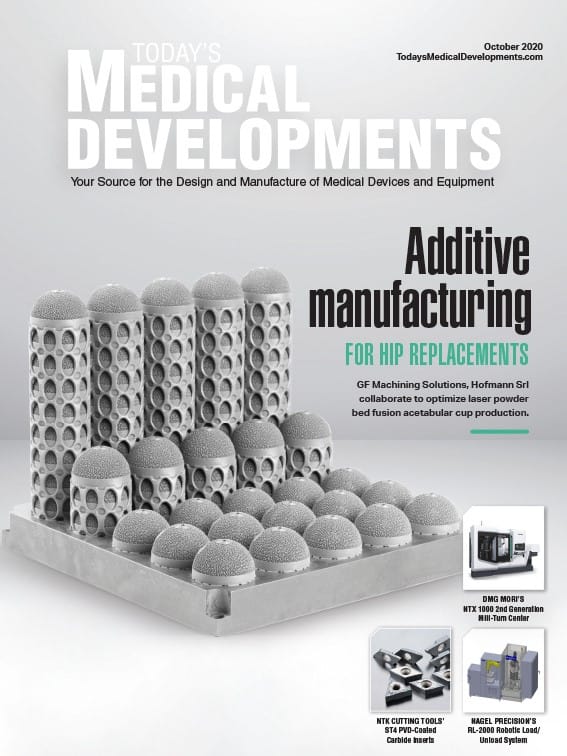
Explore the October 2020 Issue
Check out more from this issue and find you next story to read.
Latest from Today's Medical Developments
- Tsugami America’s Technical Center in Minnesota
- RobOps Copilot for AI-powered robot optimization
- US companies invest heavily in robots
- #34 Lunch + Learn Podcast - Cobots' potential to revolutionize aerospace manufacturing with Techman Robots
- Universal Robots announces seamless integration with Siemens PLCs
- This month's Manufacturing Lunch + Learn is May 16
- Ultrahuman wearable technology
- Additive Manufacturing for Aircraft Cockpit Interior Components
